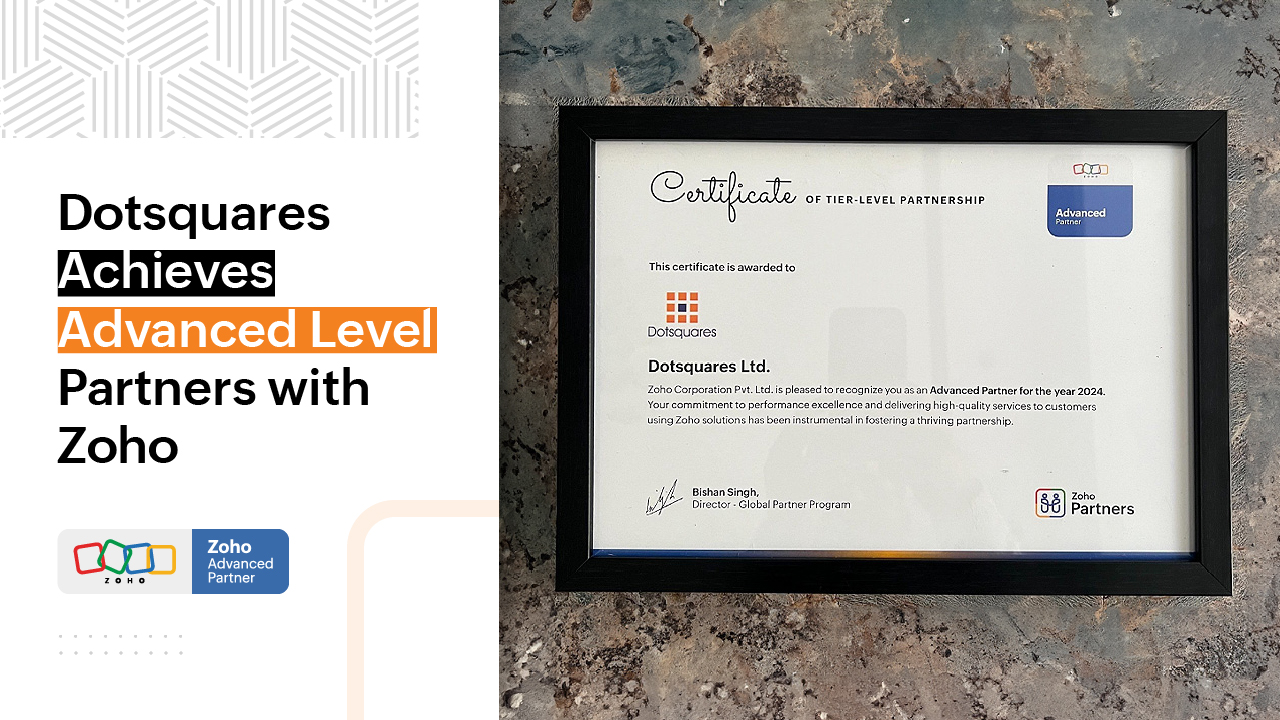July 30, 2018
Miller Heiman Group has recently published its first Sales Operations Optimization Study, drawing detailed snapshot on the present conditions of sales operations around the globe. For the purpose, CSO Insights, the research division of the group, has evaluated the responses from 300 participants from all over the world. These participants were part of the organisations that have matured sales operations established within. This makes their responses significant in drawing the true image of the present conditions of the online CRM market, to figure out the industry’s major pain points and suggestive measures.
To get meaningful insights, the researchers have asked the participants the following questions-
- What sales operations (SO) areas needed the most improvement in the next two years
- How priorities are set for SO and their impact of quota attainment
- What are the different forecasting approaches sales team use, and what are their corresponding winning rates?
One of the most important findings that the study came up with is that the sales team need to update their strategies with a more formal forecasting approach. For the purpose, the ideal way would be to make proper use of technology tools like CRM that will provide better accuracy targets and measurements than ‘subject gut-feel’. This, the study says, would also be the most effective approach for optimising the sales operations.
The role of CRM is increasingly growing; previous studies have already proved that. The additional value that this report offers to the CRM developers is in regards to how the software can actually be used for integrating the marketing and sales operations for better lead generation and nurture.
Underused CRMs can make better and predictable sales results
Byron Matthews, the president and CEO of the Miller Heiman group, has presented a unique view on the present application of CRM software. In an interview with MarTech Advisor, when Matthews was asked about the ‘high install – low adoption rate of CRM’ (another interesting finding of the report suggests that though CRMs are almost universally installed only 47% of the users have affirmed for above 90% of adoption rate), he responded with, “In the last five years, we’ve seen an explosion of sales and marketing technologies, including core CRM systems and solutions surrounding CRM systems. And although these additional solutions can be leveraged to make salespeople more productive, they fail to address the central problem: sales technology on its own does not help sellers close more deals.”
He then further suggests that CRMs have an abundance of data that can be used for making better analytical decisions. However, owing to the backward-looking approach, CRMs act only ‘as little more than a system of record’. They only lost the past cases of successes and failures and failed to provide any meaningful insights for the future or present deals. No wonder, many sales representatives treat CRMs as a mere administrative burden.
To treat this situation, Matthews suggests appending the CRM’s with predictive analytics. This, he says, will help in the development of a more promising strategy for each deal, while also offering a better prediction for deal prioritisation. Doing so will have more pervasive benefits across the organisation. In Matthews’ words, “For sales managers, adding predictive analytics to CRM facilitates faster and more actionable coaching advice at scale; guides the actions of sales reps to improve win rates; and drives methodology adoption and reinforces training.” For sales executives, he says, this augmentation will ‘uncover win/loss patterns; improves the accuracy of sales data and revenue forecasting, and makes reporting faster and better.’
These suggestions go in-line with other reformative steps that a previous study by Research and Markets has revealed, “One trend in the market is the advent of big data and analytics services. A large number of firms depend on analytics services to transform unstructured data into structured data that are gathered from various online channels. They use advanced analytical CRM tools and CRM solutions such as predictive analytics, which helps them to understand the pattern related to business and consumer behaviours.”
It now remains to be seen how these suggestions will be taken by the leaders of CRM industry, and how it will affect the mainstream uses of CRM software.
Resources:




